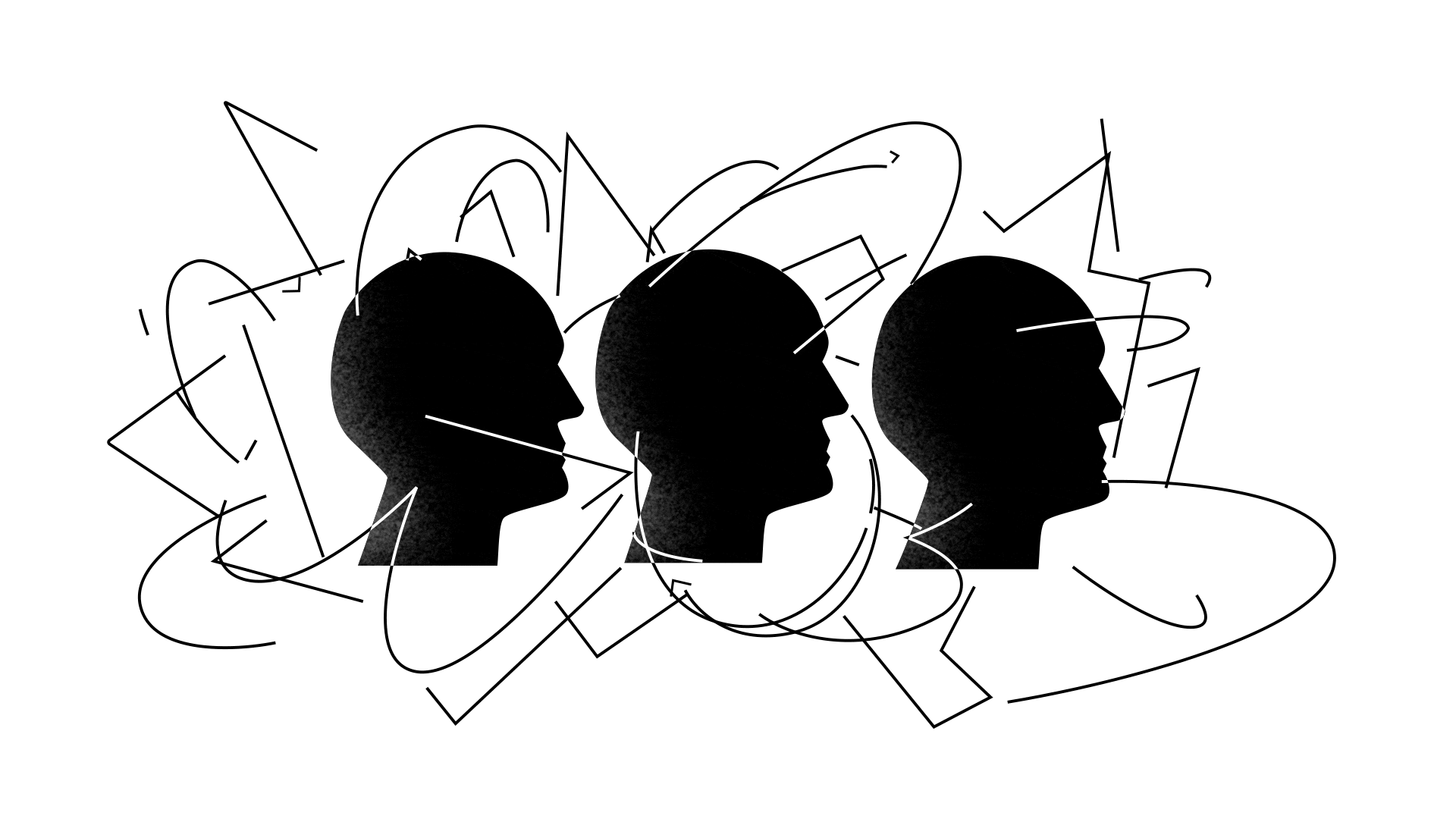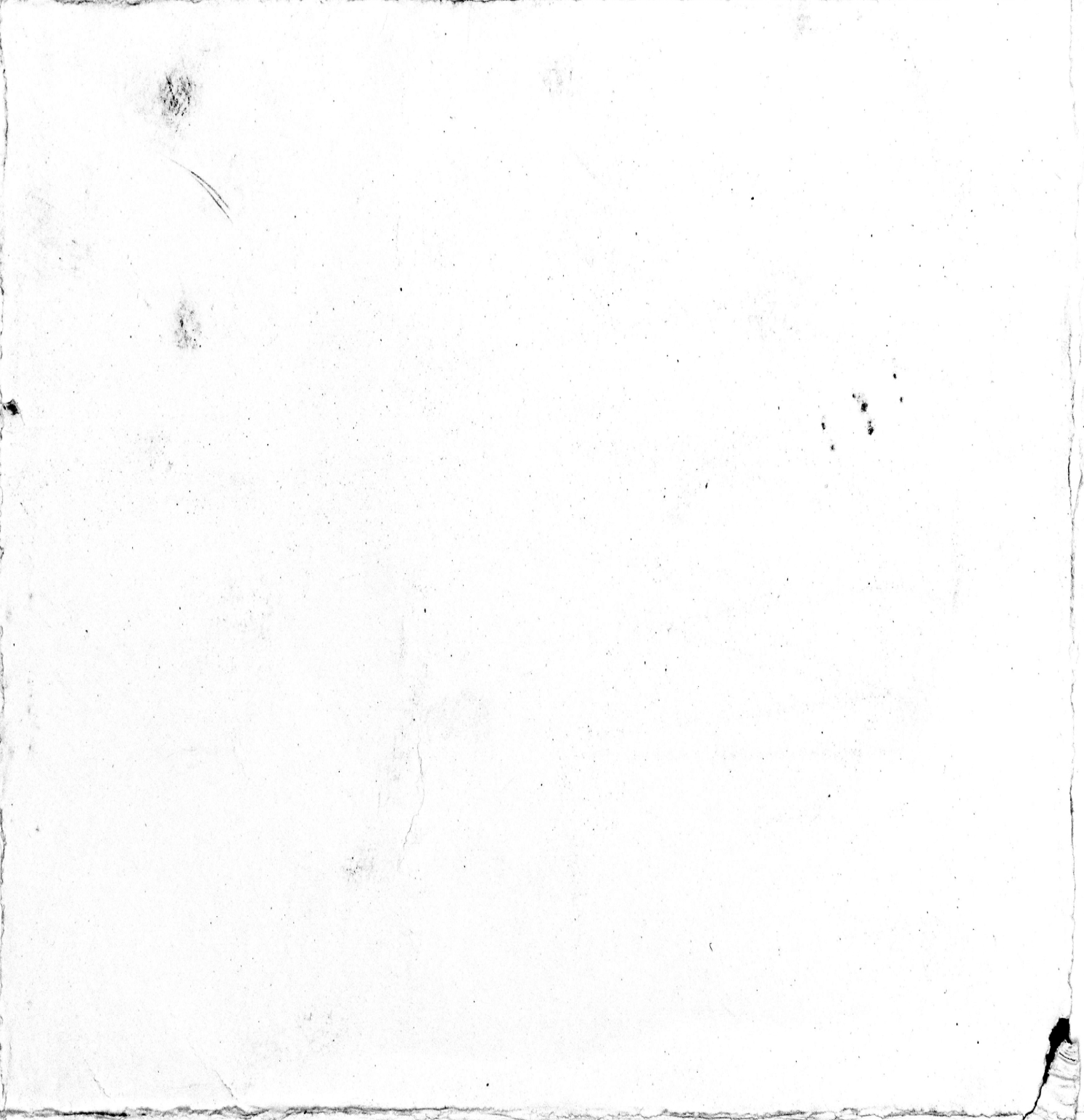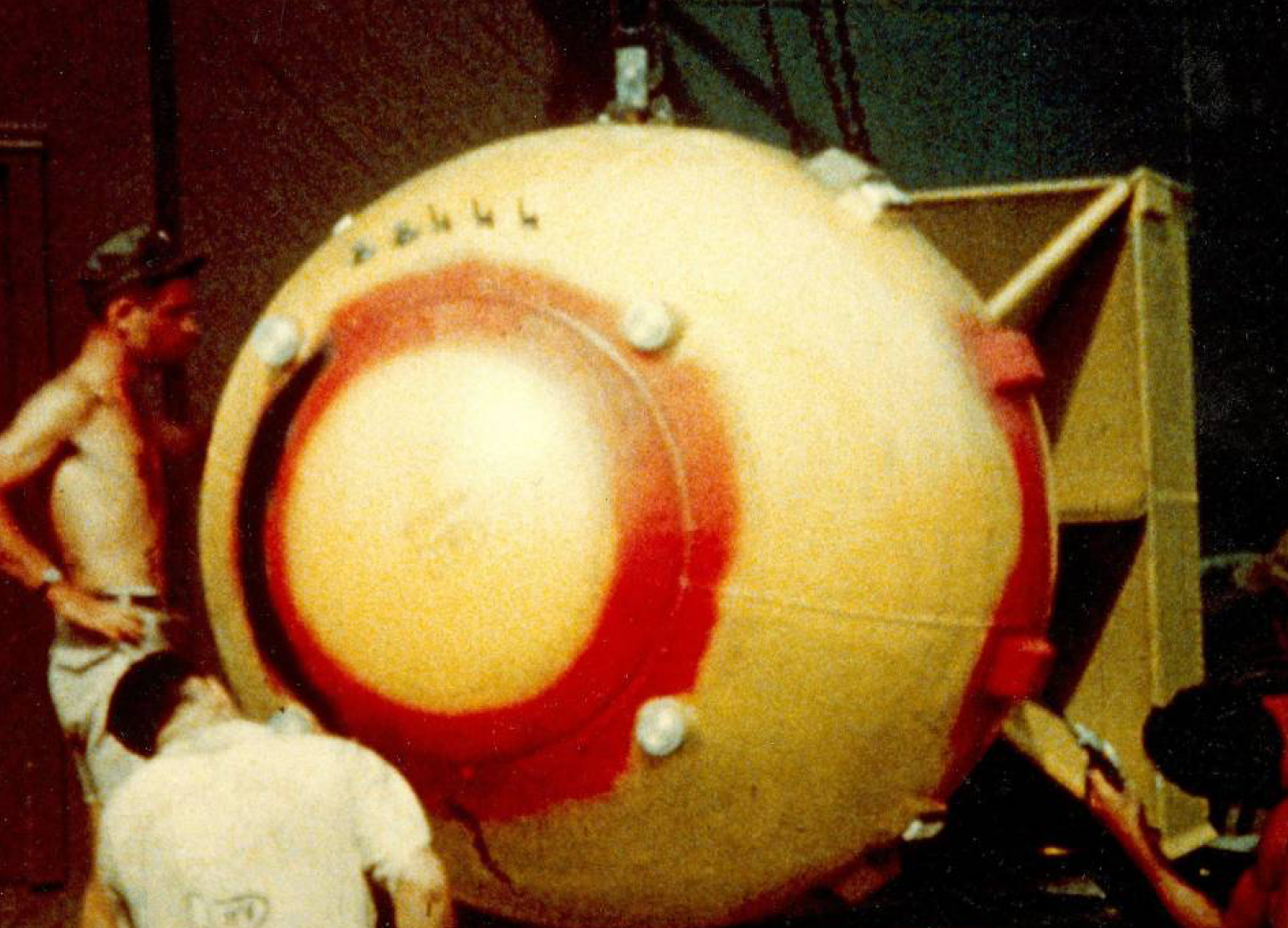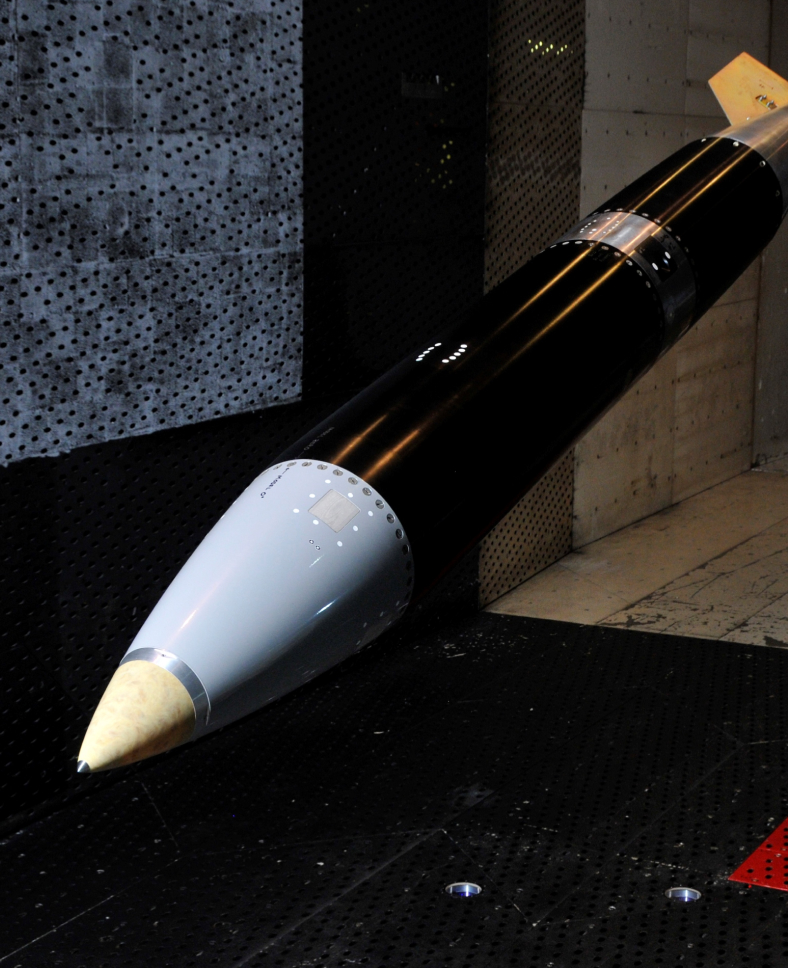guide in case there is no connection
{turn on wi-fi}
three
\ simple steps →
1
The radio will be your best bet for information right now, but try not to panic—you can't do anything if you don't have a plan. Tune in to the radio and try to catch the news wave
2
We know, it's hard to not freak out when you're stuck in a shelter, but don't panic! If there's nothing on the radio, then keep your phone on—authorities might send out text messages with instructions for survival! While you wait for them, take selfies as a memento of your cool time
3
If after 24 hours (or maybe even more) without any texts from anyone, then it's time to leave the shelter and go find help
How to Survive a Nuclear Attack?

About nuclear weapon
Bright FLASH
BLAST WAVE
RADIATION
FALLOUT
EMP
FIRE AND HEAT
95
Kr
95
Kr
4
He
95
Kr
95
Kr
4
He
95
Kr
95
Kr
4
He
95
Kr
95
Kr
4
He
95
Kr
95
Kr
4
He
95
Kr
95
Kr
4
He
95
Kr
95
Kr
4
He
95
Kr
95
Kr
4
He
95
Kr
95
Kr
4
He
95
Kr
95
Kr
4
He
95
Kr
95
Kr
4
He
95
Kr
95
Kr
4
He
95
Kr
95
Kr
4
He
95
Kr
95
Kr
4
He
95
Kr
95
Kr
4
He
95
Kr
95
Kr
4
He
95
Kr
95
Kr
4
He
95
Kr
95
Kr
4
He
95
Kr
95
Kr
4
He
95
Kr
95
Kr
4
He
95
Kr
95
Kr
4
He
95
Kr
95
Kr
4
He
95
Kr
95
Kr
4
He
95
Kr
95
Kr
4
He
95
Kr
95
Kr
4
He
The heat of the explosion will instantly kill everyone within a 2-mile radius of the detonation. If you get further than this limit? You might survive but probably won't have much quality of life.
Those deaths would be caused by
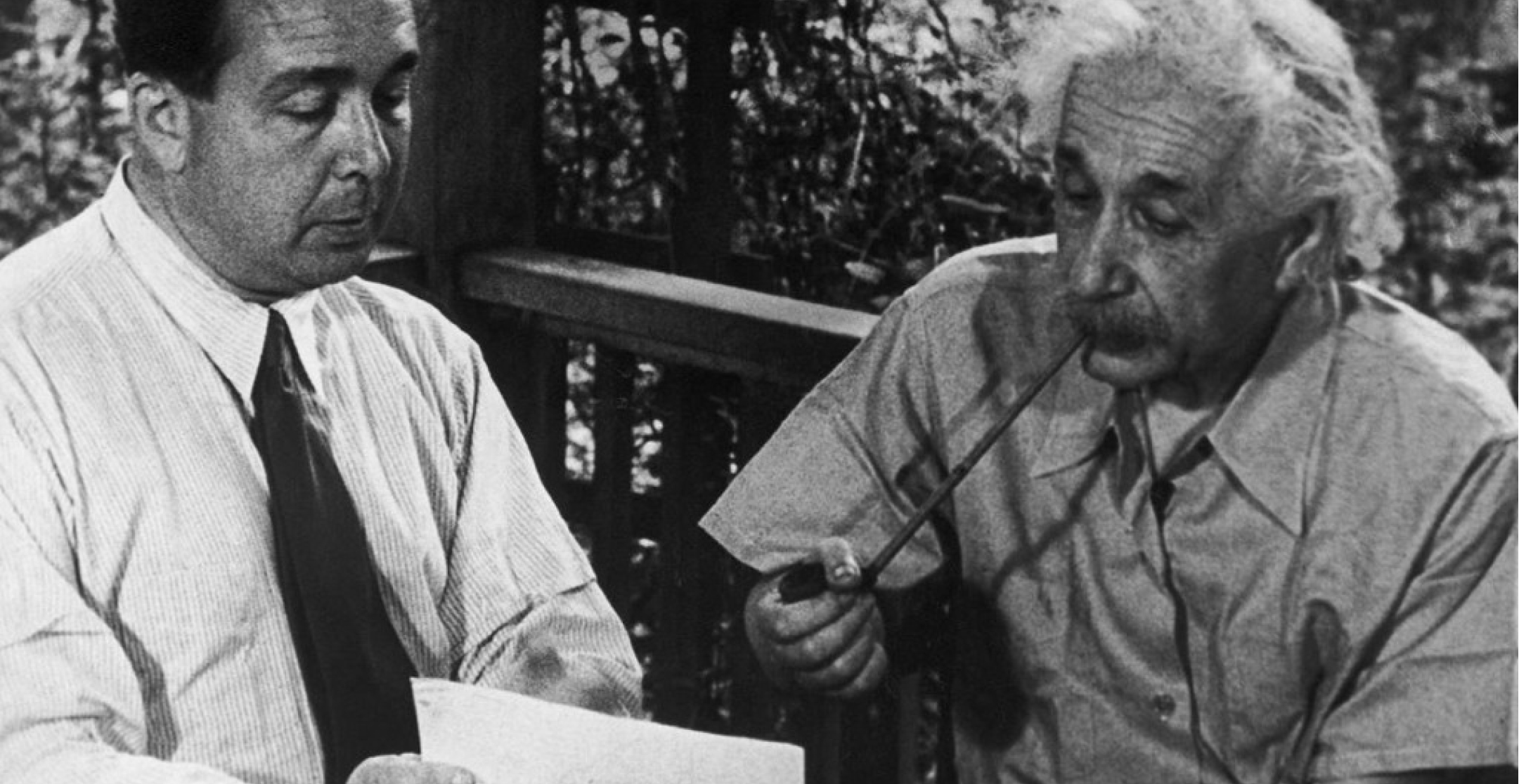

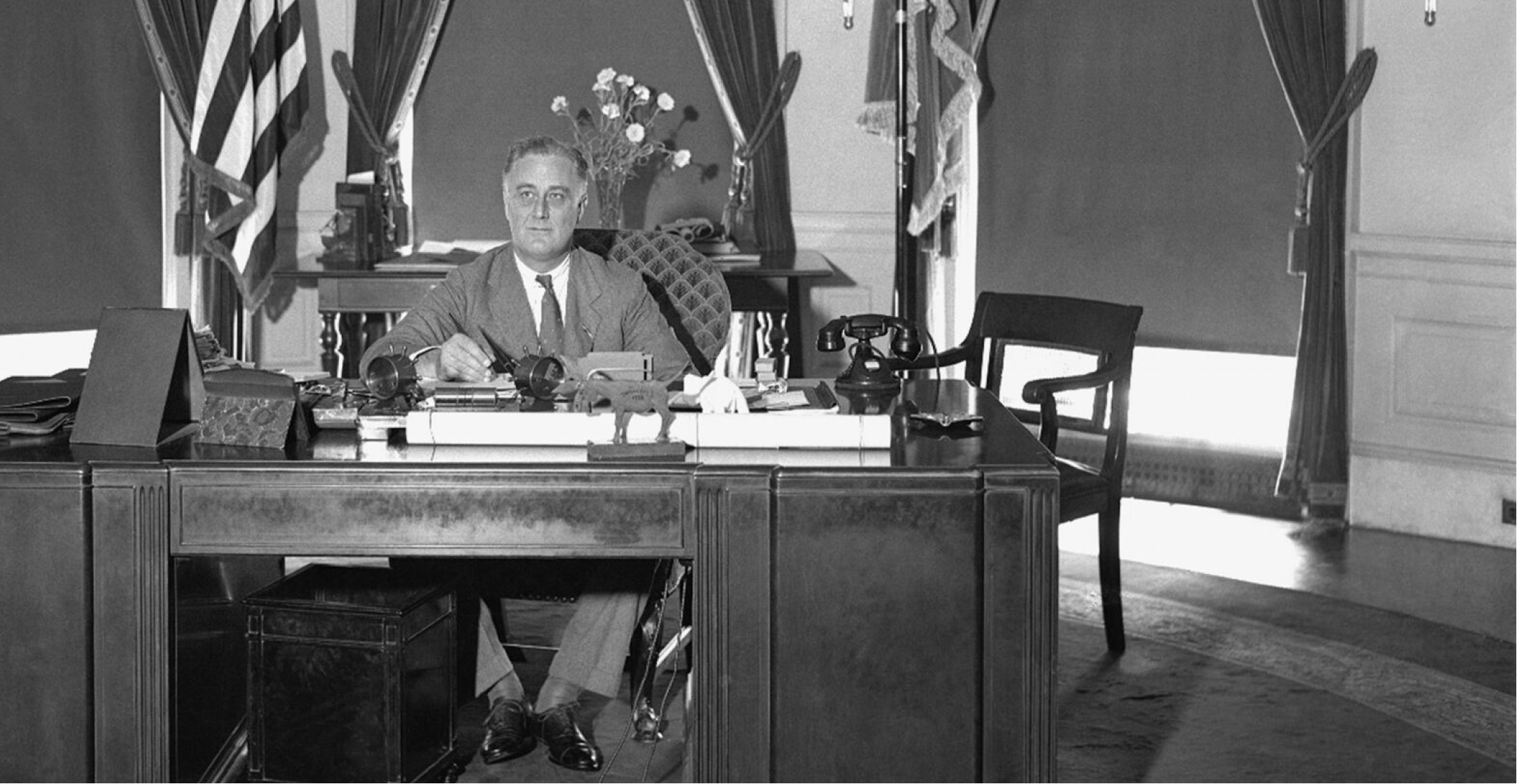

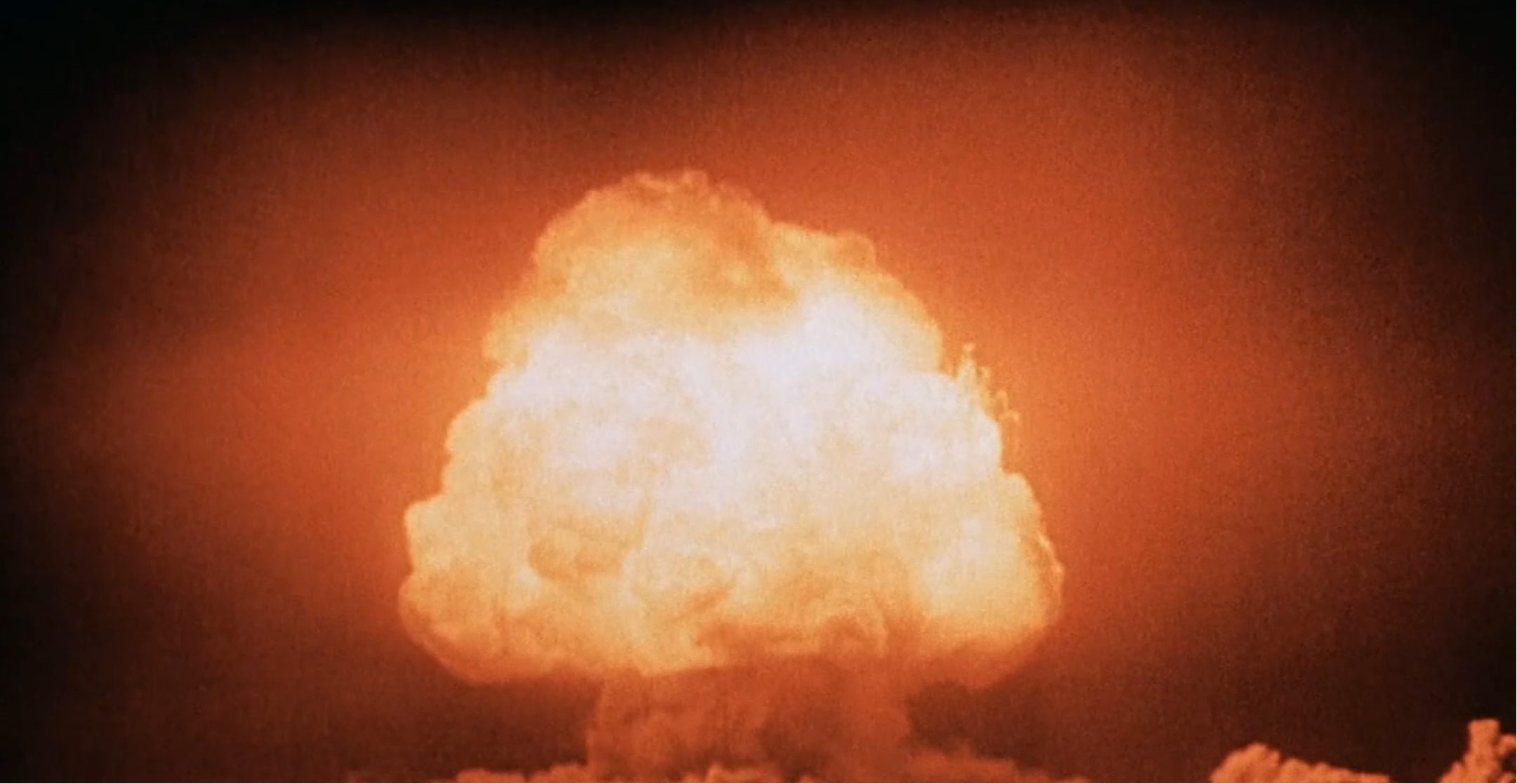

how nuclear weapons were born in 6 facts
how nuclear weapons were born in 6 facts
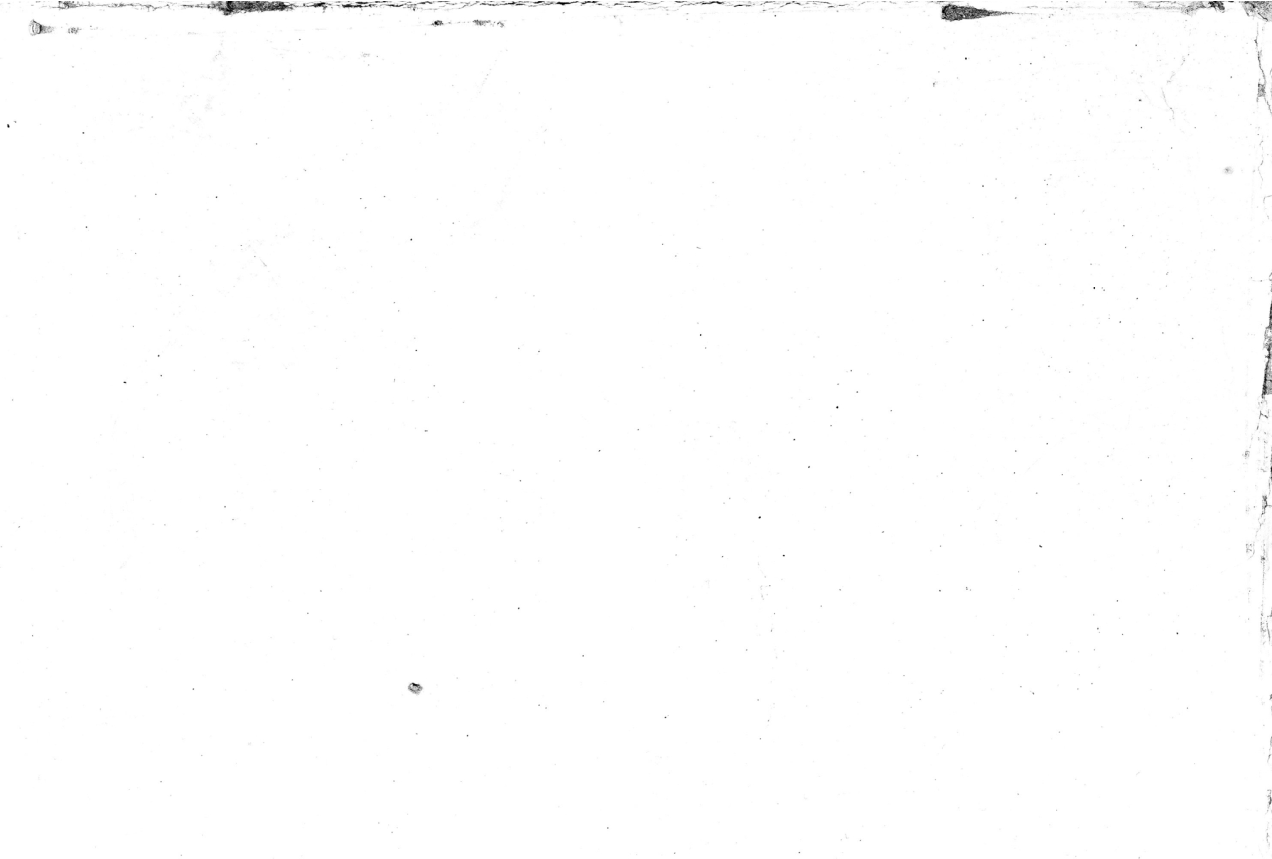
{ ”OCTOBER 21, 1939” }
Albert Einstein wrote to President Roosevelt to warn him of a rumored Nazi program to develop nuclear weapons. In response, Roosevelt formed a committee to analyze the state of scientific research on uranium
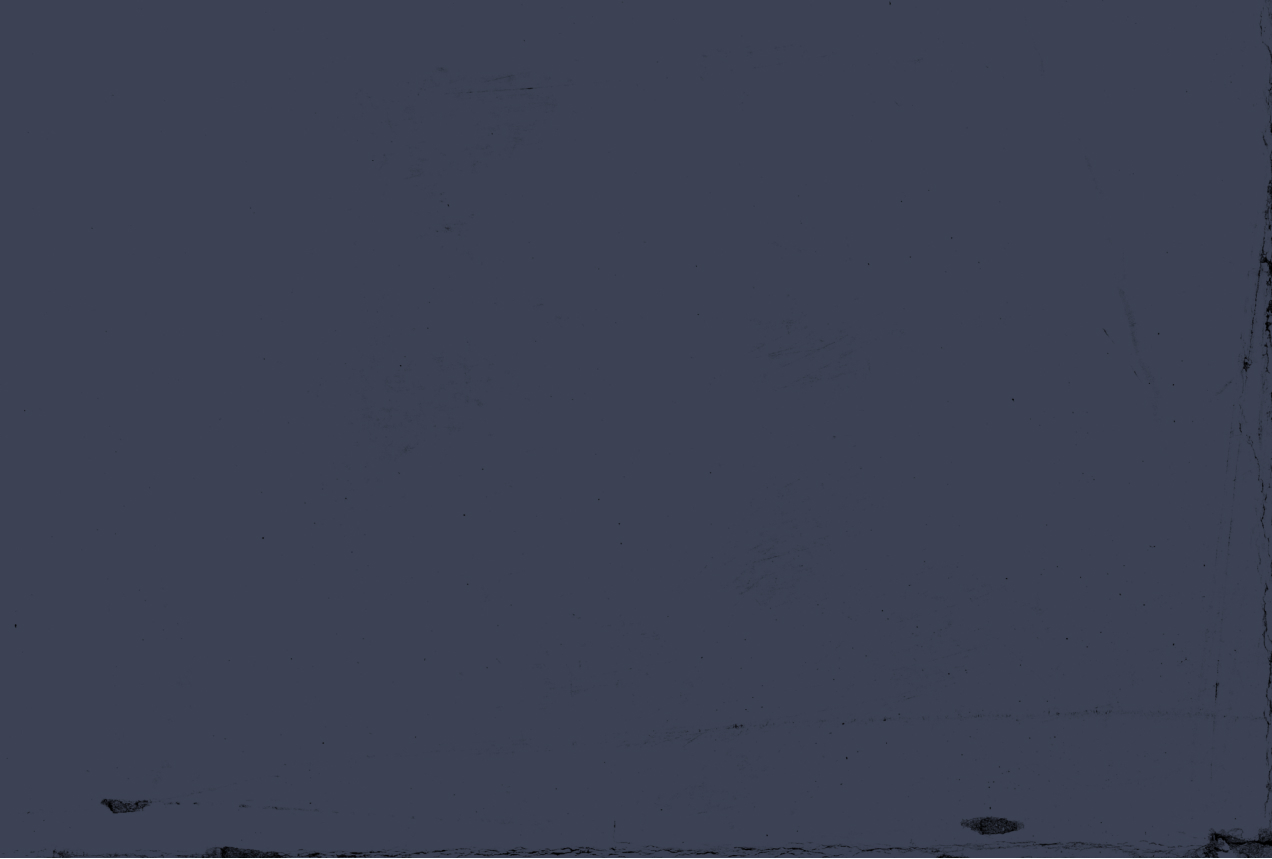
{ ”DECEMBER 1941” }
Japan bombs Pearl Harbor. DECEMBER 8, 1941 The U.S. declares war on Japan

{ ”JUNE 17, 1942” }
Roosevelt Approves Production of the Atomic Bomb President Roosevelt gave Vannevar Bush, director of the U.S. government’s research into fission, approval to move the project into production. He did so with seven letters: “V.B. OK FDR"
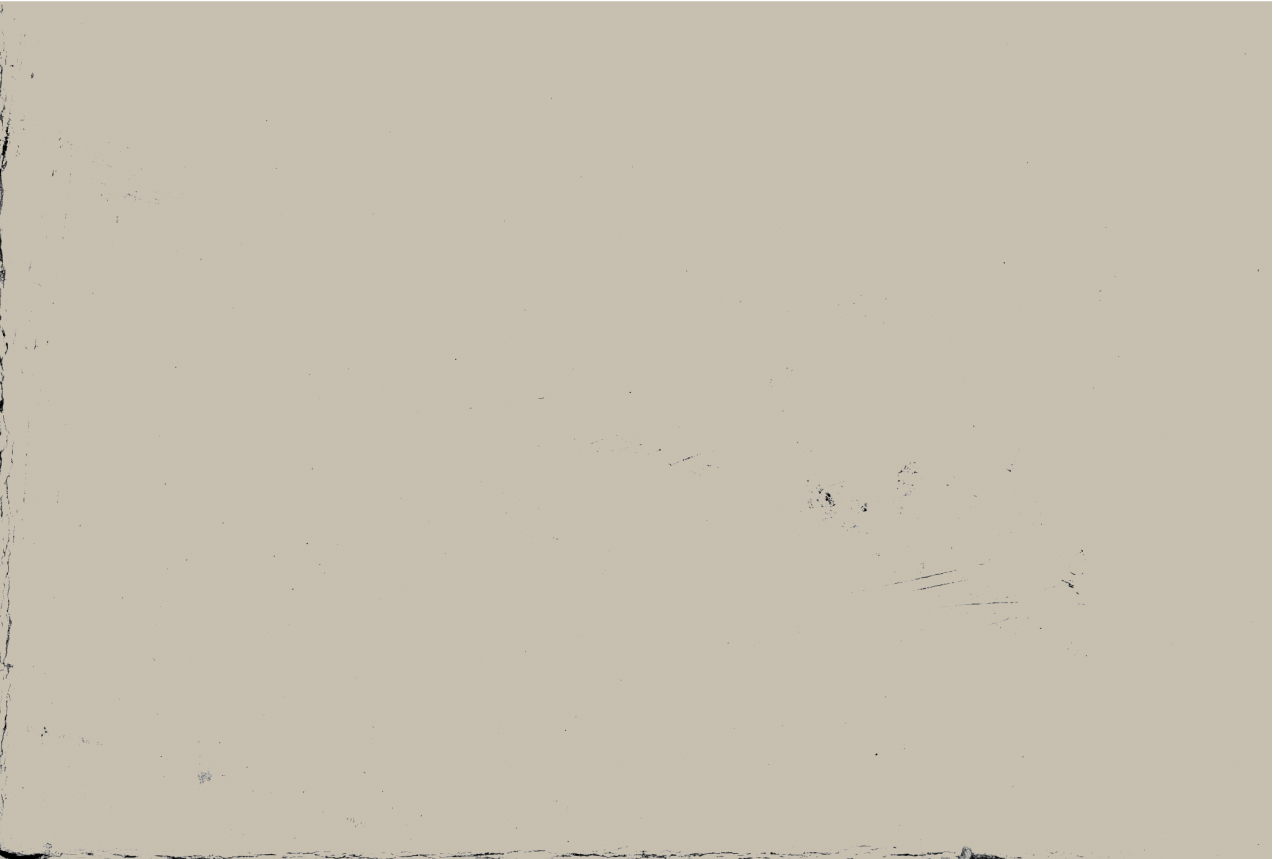
{ ”1942–1946” }
The Manhattan Project brought together the best physicists and engineers in the country to build the most devastating bombs ever imagined. By the program’s end, 130,000 people were employed at more than 30 sites across the U.S., the U.K., and Canada"
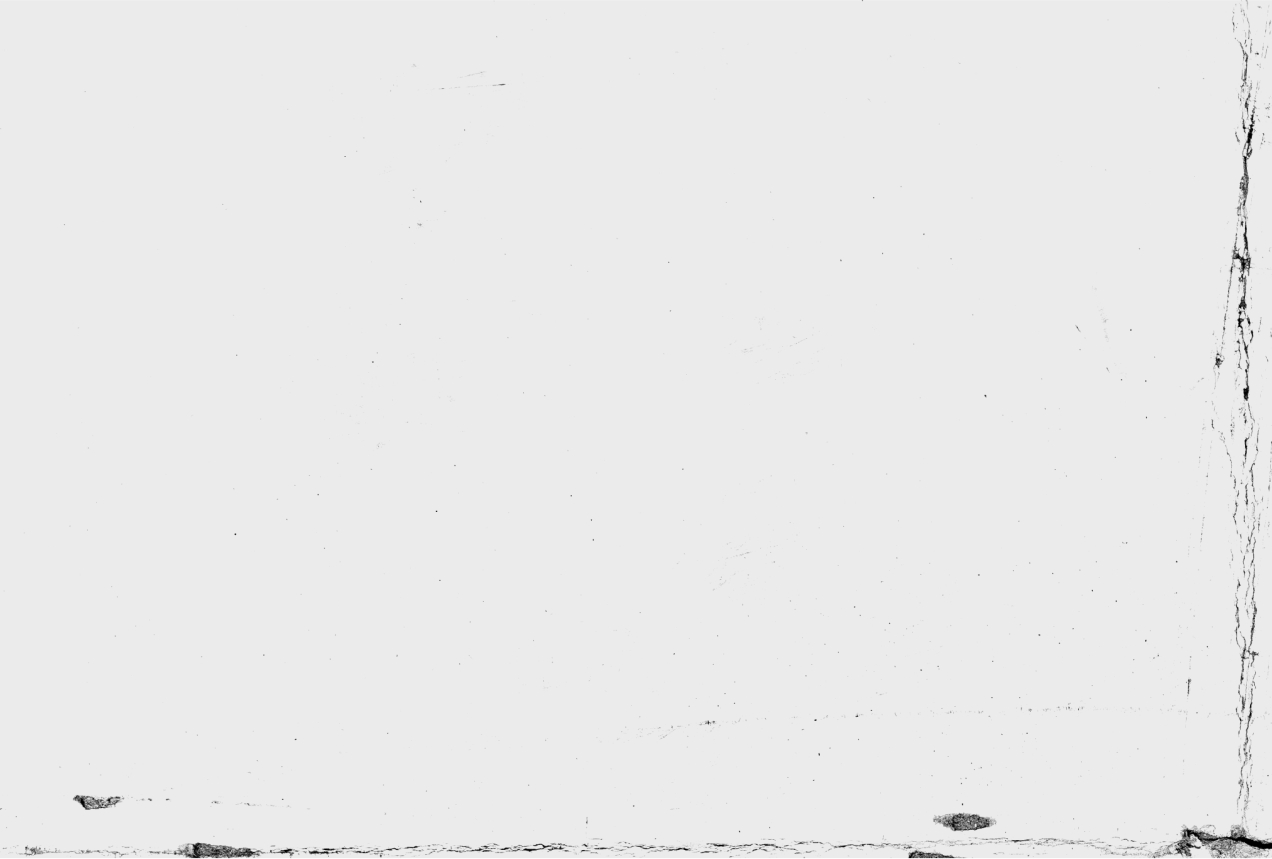
{ ”July 16, 1945” }
The world's first nuclear weapons explosion on July 16, 1945, in New Mexico, when the United States tested its first nuclear bomb. Not three weeks later, the world changed

{ ”August 6, 1945” }
the United States dropped an atomic bomb on the Japanese city of Hiroshima. It killed or wounded nearly 130,000 people. Three days later, the United States bombed Nagasaki. Of the 286,00 people living there at the time of the blast, 74,000 were killed and another 75,000 sustained severe injuries. Japan agreed to an unconditional surrender on August 14, 1945
but here is the horrendous result
Nuclear escalation
during the
Cold War
The bombing of Hiroshima and Nagasaki was a turning point in history because it showed the world that nuclear power could be used for good or evil purposes.
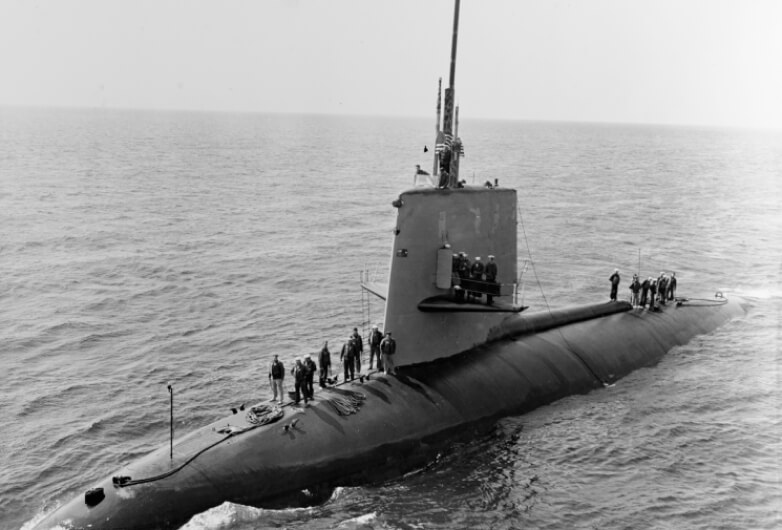
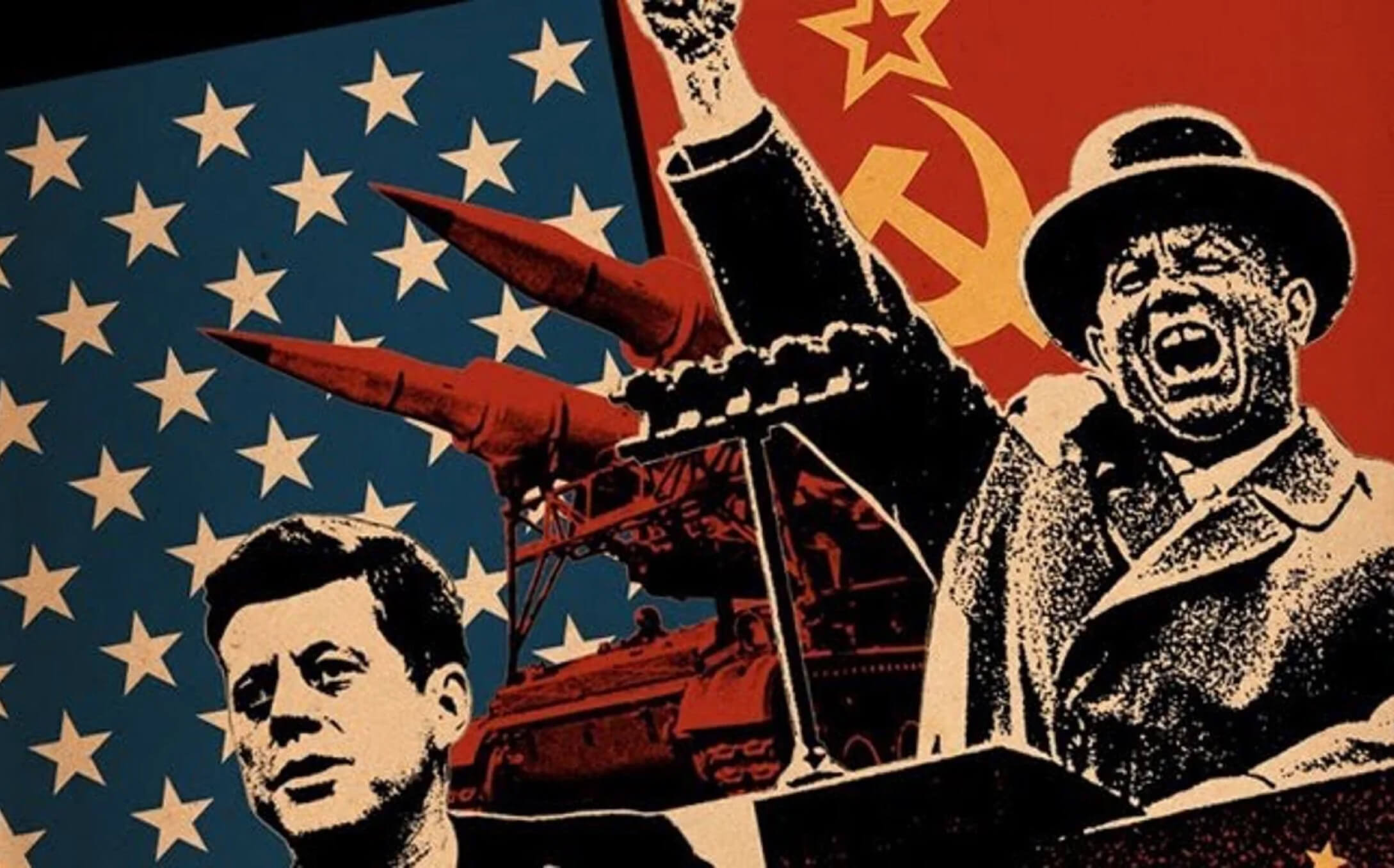

A major component of the "Cold War," in which the U.S. and U.S.S.R. openly competed without actually declaring war on one another, the stockpiling of nuclear weapons continued into the late 1980s.
nuclear
bombs by 1986
around
40,000
USSR
around
23,000
USA
According to the Bulletin of Atomic Scientists, the nuclear arms race reached its peak in 1986, by which time the Soviet Union possessed more than 40,000 nuclear warheads and the United States had 23,000 (down from more than 31,000 in 1967). This number is still staggering: one small nuke can kill tens of thousands of people
Both sides came up with the ingenious solution of "mutually assured destruction. As you can imagine, the best way to avoid a nuclear war is to have so many nuclear warheads that the enemy would not launch an attack because he feared he could not destroy enough of the target country's arsenal to avoid being destroyed by a retaliatory attack.
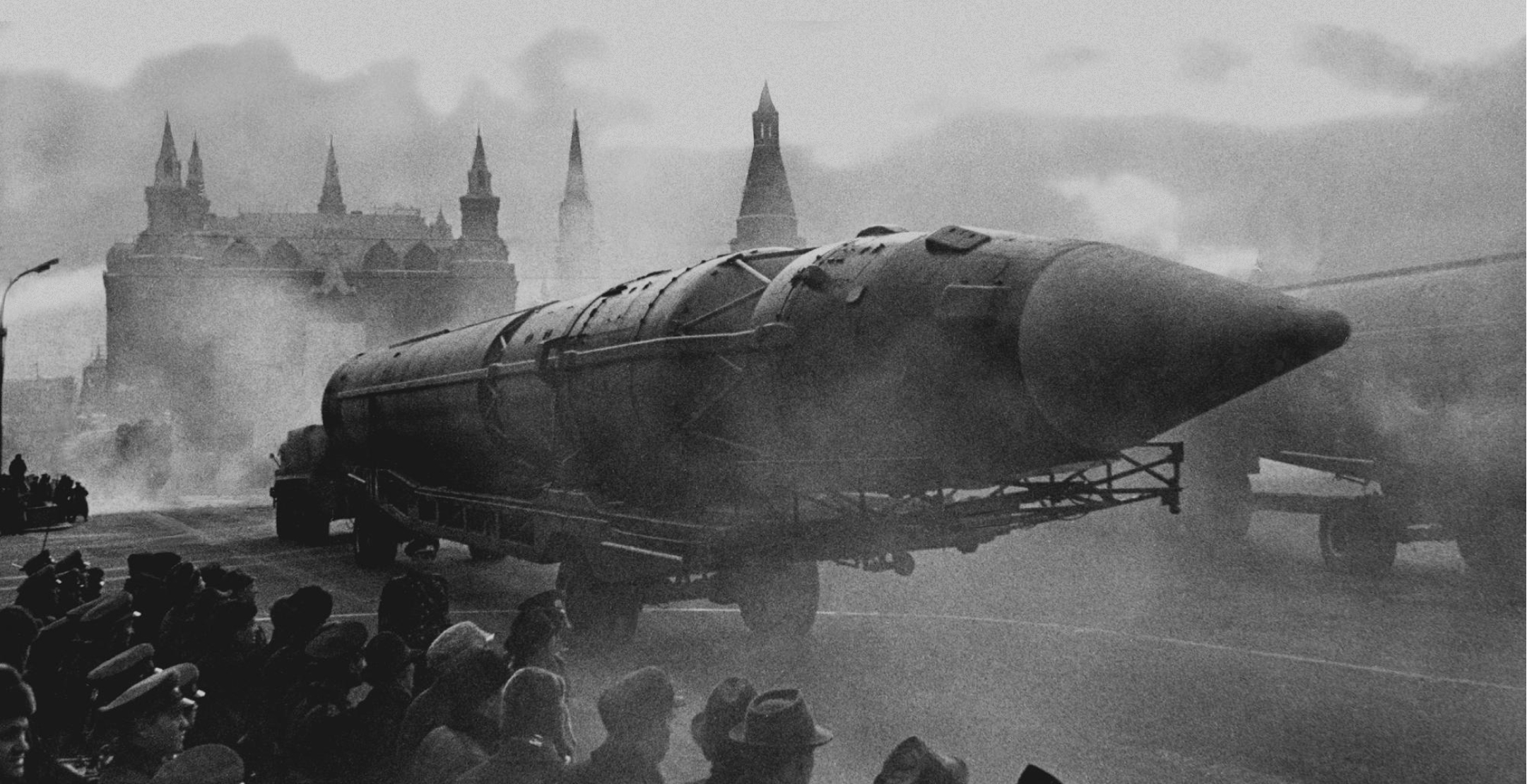
After the Soviet Union dissolved in 1991, thousands of nuclear weapons on both sides were dismantled

Nuclear weapon stockpiles today
INFORMATION FROM
August 25 2022
It is estimated that there are approximately 13,080 nuclear warheads in the world today. While this is far fewer than either the U.S. or russia possessed during their Cold War peak, it is notable that there are more countries with nuclear weapons than there were 30-40 years ago
At present, Russia maintains the highest number of nuclear weapons, with an estimated 6,257 total warheads. Of these, 1,458 are actively deployed (current START II treaty limits both the U.S. and Russia to 1550 deployed total), 3039 are inactive but available to be made active, and 1,760 are retired and awaiting dismantling. The United States follows closely behind with 5,550 total nuclear weapons: 1,389 active, 2,361 inactive but available, and 1,800 in line to be dismantled.
Here are 9 countries with nuclear weapons:
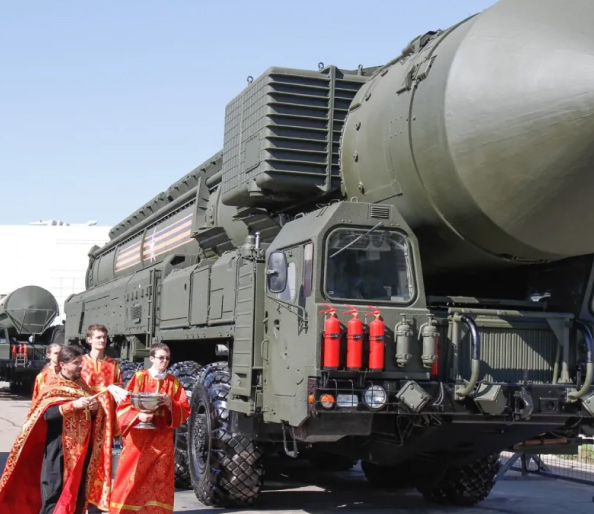

9 countries have nuclear weapons: China, France, India, Israel, North Korea, Pakistan, Russia, the US and the UK.
nuclear terrorism

{ ”russia has been blackmailing the world since 2022” }
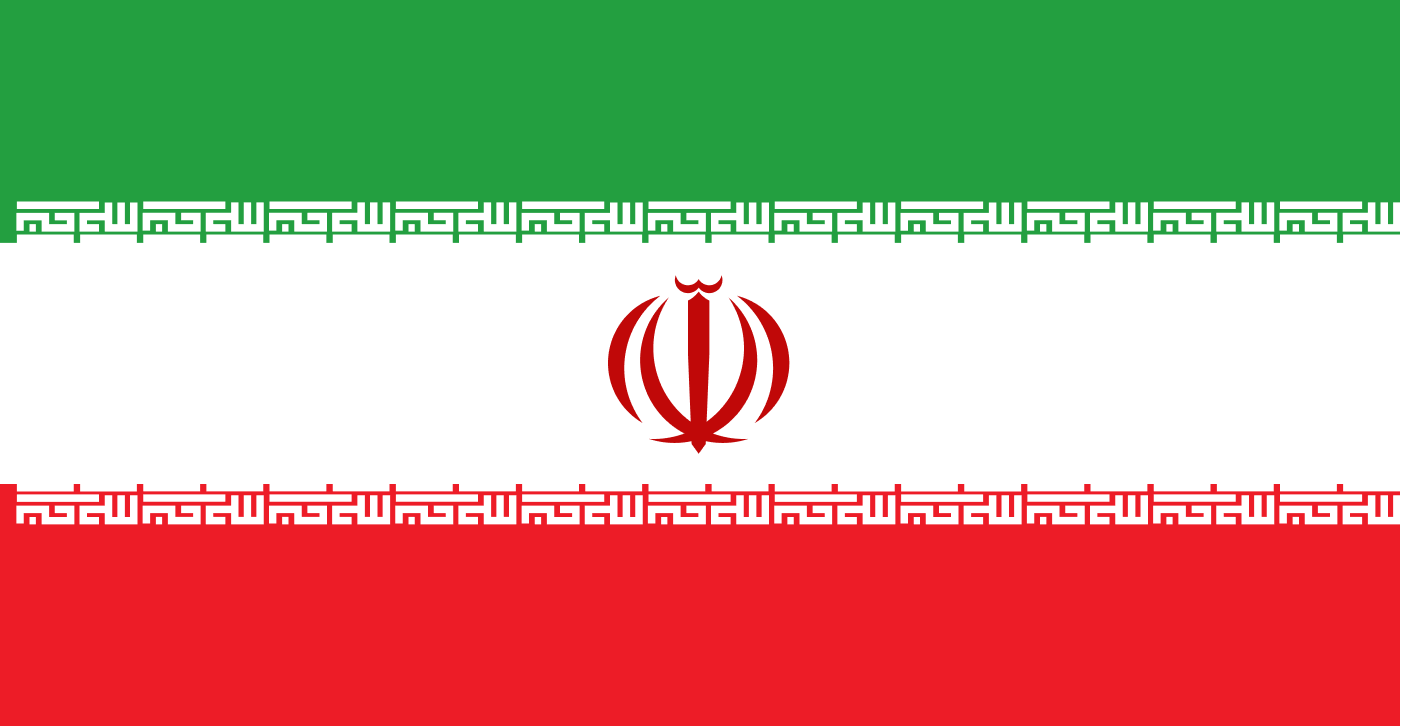
{ ”IRAN has been blackmailing the world since 1968” }
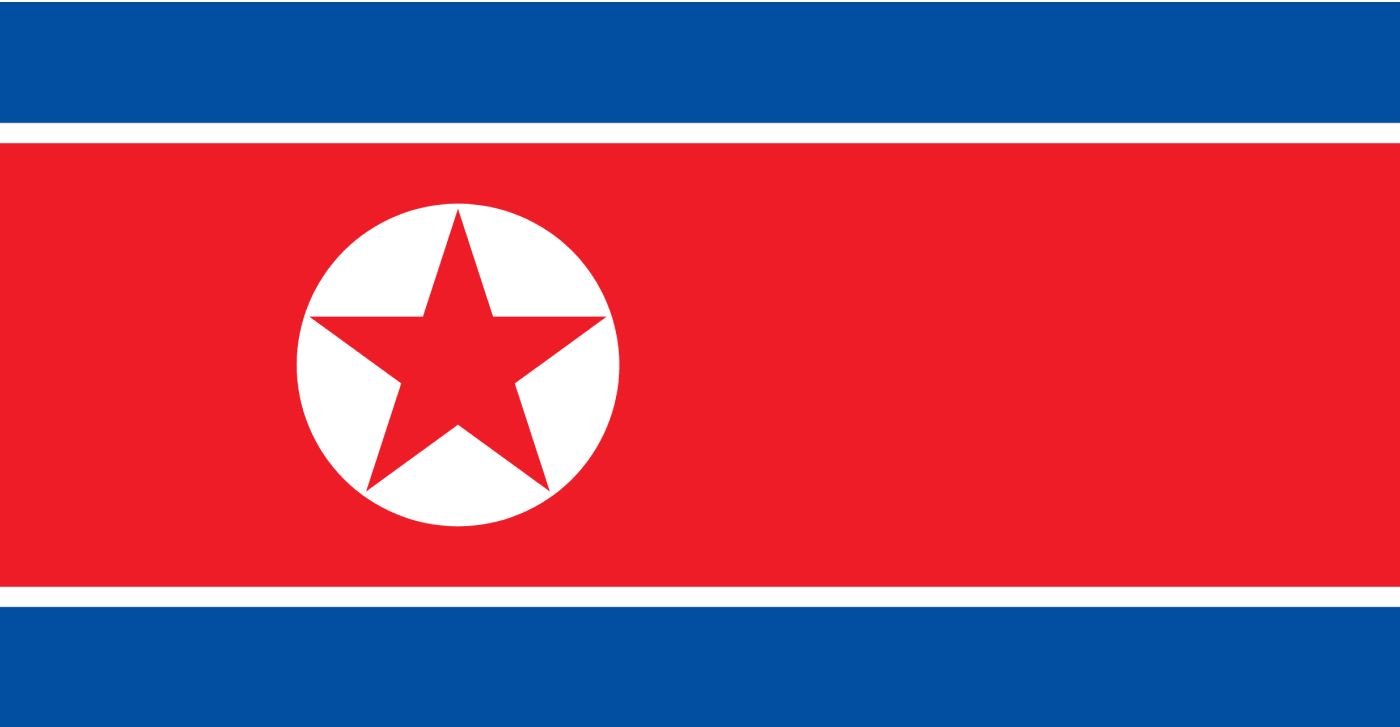
{ ”north korea has been blackmailing the world since 2006” }
“You know how it is! We got
a warhead,they have to get a warhead”
- every leader of the country
with nuclear weapons
“You know how it is! We got a warhead,they have to get a warhead” - every leader of the countrywith nuclear weapons

North Korea has embarked on an accelerated buildup of nuclear weapons and the modernization of its already large conventional force. At the same time, Russia is taking steps to make the possibility of nuclear danger more and more real. The shelling and mining of ZNPP facilities is one element of the nuclear blackmail strategy.
Russia, which inherited the Soviet Union's vast nuclear arsenal and stocks of fissile material.

North Korea has embarked on an accelerated buildup of nuclear weapons and the modernization of its already large conventional force. At the same time, Russia is taking steps to make the possibility of nuclear danger more and more real. The shelling and mining of ZNPP facilities is one element of the nuclear blackmail strategy.
North Korea has embarked on an accelerated buildup of nuclear weapons and the modernization of its already large conventional force. At the same time, Russia is taking steps to make the possibility of nuclear danger more and more real. The shelling and mining of ZNPP facilities is one element of the nuclear blackmail strategy.
Russia, which inherited the Soviet Union's vast nuclear arsenal and stocks of fissile material.
Threaten, threaten and threaten again. This is what russia and North Korea have in common
Currently, several options for the use of nuclear weapons are being considered

You can't just go around threatening your neighbors
with nuclear weapons and shooting rocket launchersat them; that's not playing the game right
It's not just the fact that North Korea has been threatening to use its nukes for a long time now. It's also the fact that North Korea has been making strides towards actually doing it: It has developed its first H-bomb, which can be mounted onto an ICBM capable of reaching most of the continental United States. And it probably has enough fuel for more bombs than we have fingers and toes combined which is an alarming and dangerous reality. The international community has been closely monitoring
North Korea's nuclear advancements, and the urgency to address this escalating threat has reached critical levels. The potential consequences of North Korea's nuclear capabilities cannot be underestimated, as they pose a severe risk to regional and global security. Efforts must be intensified to engage in diplomatic negotiations and find a peaceful resolution to this crisis, preventing any catastrophic outcomes that could result from a potential nuclear conflict.
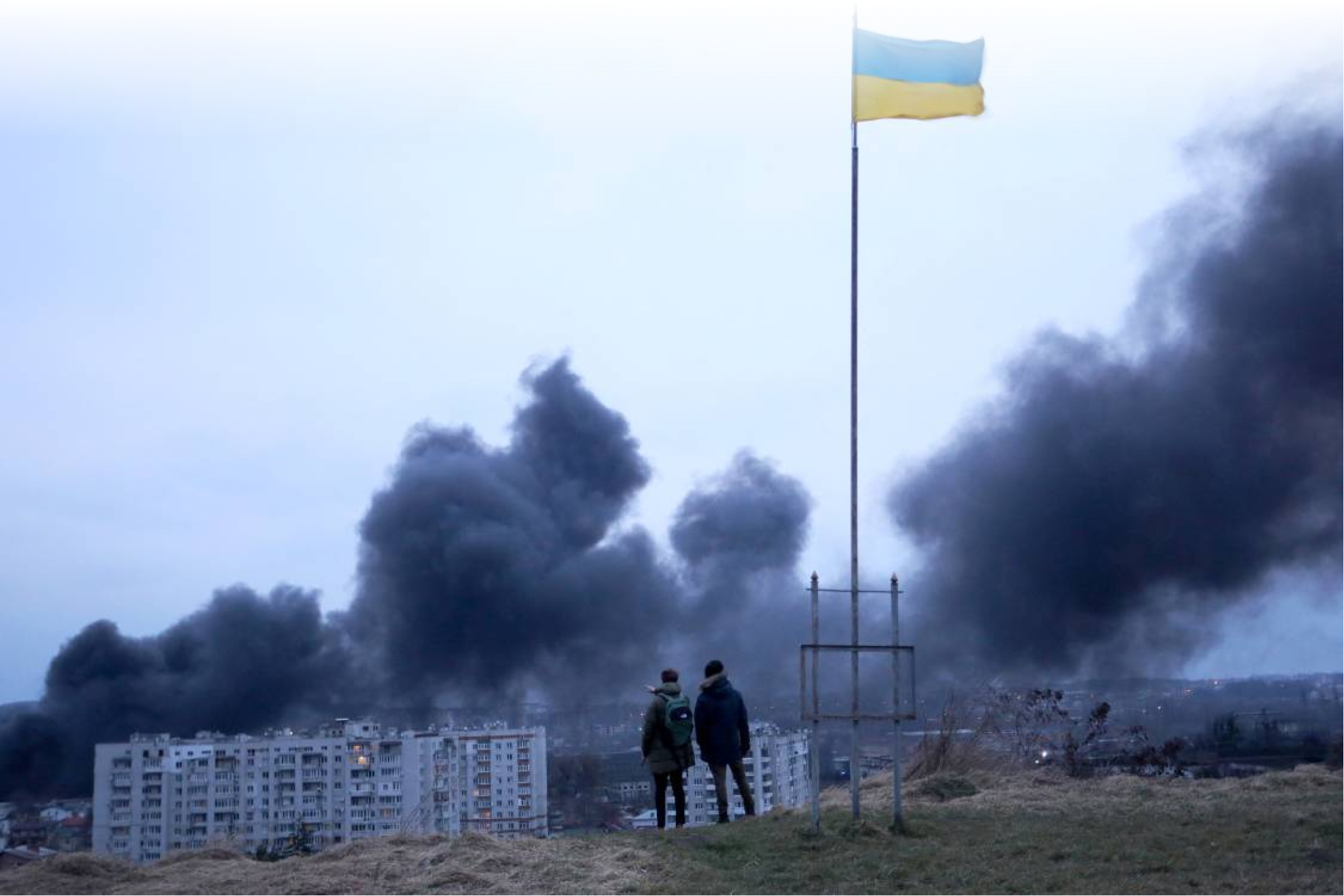
In a place like Ukraine, which produces 10% of the world's wheat, fallout might land on croplands
We have a good chance of finally losing weight. If radioactive fallout gets into food, we will have nothing to eat. But that's not cool. Michael May, co-director emeritus at Stanford University's Center for International Security and Cooperation and a director emeritus of the Lawrence Livermore National Laboratory, told: radioactive food can cause long-term problems, such as cancer.
{ ”The U.N. Treaty to Ban the Bomb” }
In 2017 the United Nations
convened negotiations
on a treaty
which was ultimately
endorsed by 122 nations






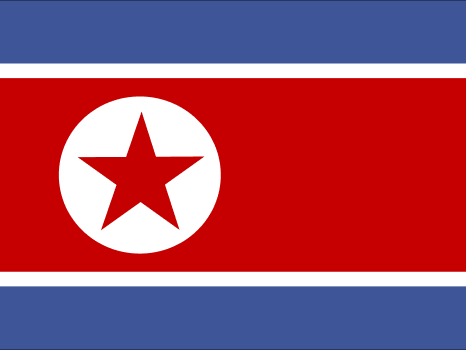


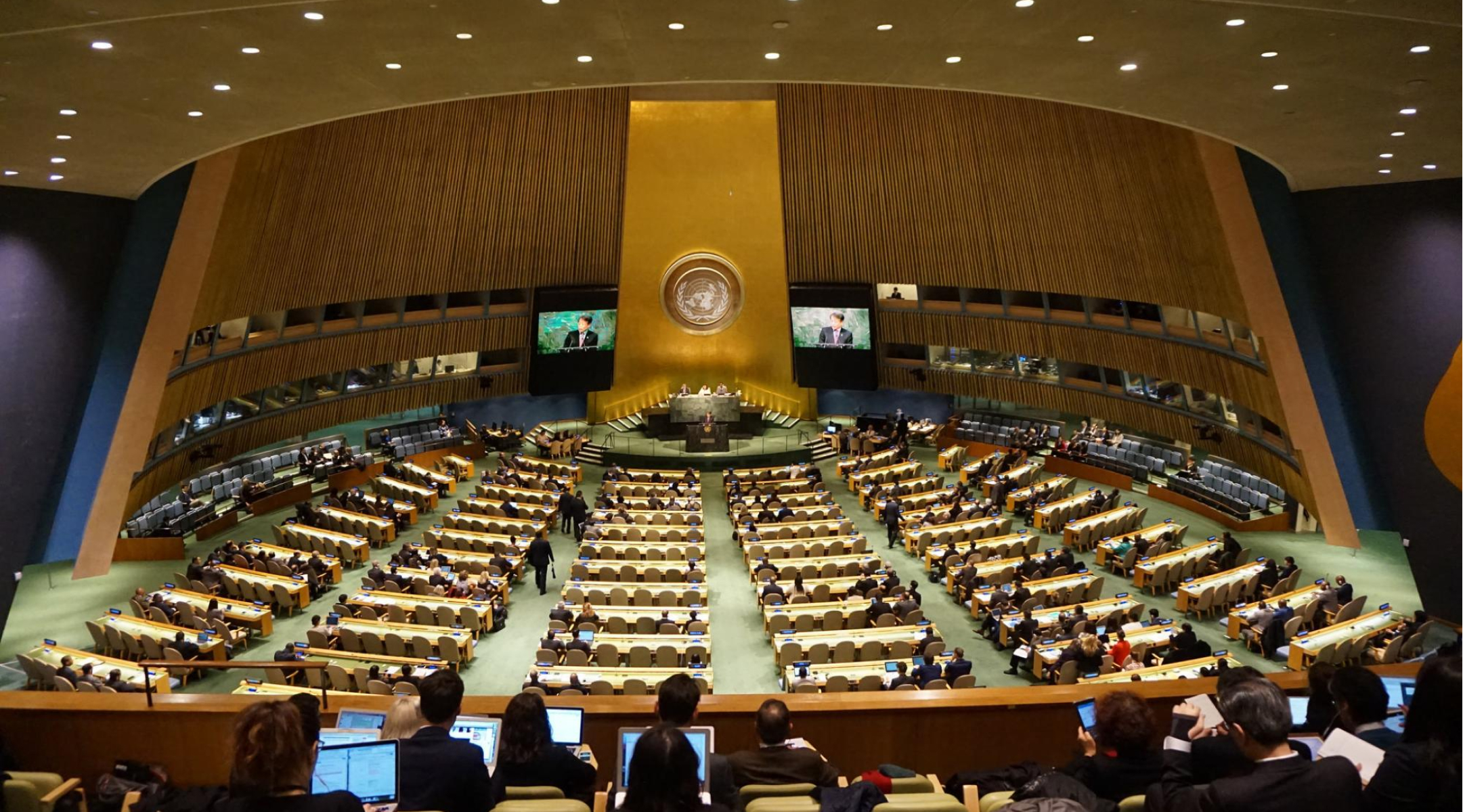










By giving non-nuclear-armed states a voice, the treaty reshapes the international landscape
In the past, we’ve seen that stigmatizing and legally prohibiting classes of weapons leads toward their decline. As more countries continue to sign and ratify the nuclear ban treaty, the nine nuclear nations will, hopefully, have to respond.
read our guide to know what to do.

How to Survive a Nuclear Attack?

{ ”A nuclear explosion may occur
”with or without a few minutes warning” }
”with or without a few minutes warning” }
How to Survive
a Nuclear Attack?
As you may have guessed, nuclear explosions are bad. They cause quite a bit of destruction and loss of life. But if you're the kind of person who still wants to live a little longer, there's a chance to keep yourself and your family safe. You only need to know what to do during an explosion and prepare properly.
